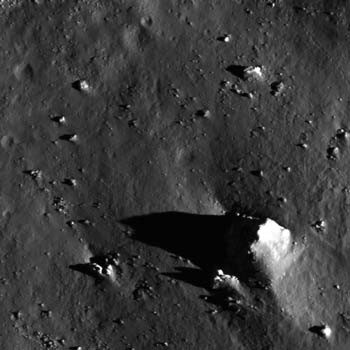
Scientists have discovered the age of the moon, by identifying it's birth date to within 100 million years of the formation of the solar system.
Moon was formed 4.5 billion years ago due to a massive collision between Theia, a Mars-sized-object, and Earth, according to scientists who found that over 40 percent of the moon was composed of debris from Theia.
However, researchers suspect that the chemical composition of Theia is different from that of Earth. Conversely, according to some recent studies, the moon and Earth appear quite similar in case of isotope elements.
Scientists believe that the new discovery about the origin of the moon may now solve the mystery as to why moon and Earth appear almost identical.
"This means that at the atomic level, the Earth and the moon are identical. This new information challenged the giant impact theory for lunar formation." Space.com quoted Seth Jacobson, the study's lead author and a planetary scientist at the Côte d'Azur Observatory in Nice, France.
"No one seriously disputed an impact as the most likely scenario for the formation of the moon. However, a virtually atomically identical moon and Earth threw the exact circumstances of the collision into question" Jacobson added.
With this discovery, researchers can now explain the mysterious similarity between the moon and Earth. Efforts to find the date of the moon's formation has been on for ages. Some predict that the moon formed 30 million years after the solar system formed, whereas others argue that it must have formed some 50 million to 100 million years after the solar system.
Jacobson and his colleagues, in order to solve the mystery, examined the growth of planets on the solar system. By analyzing how these planets formed and grew, from more than 250 computer models, the researchers discovered that an early moon-formation impact would allow a large amount of material to accumulate onto Earth afterwards, whereas a late impact would let only a smaller amount of materials to accumulate onto the planet.
Photo credit: NASA (Edited by Vishnuprasad S Pillai)









